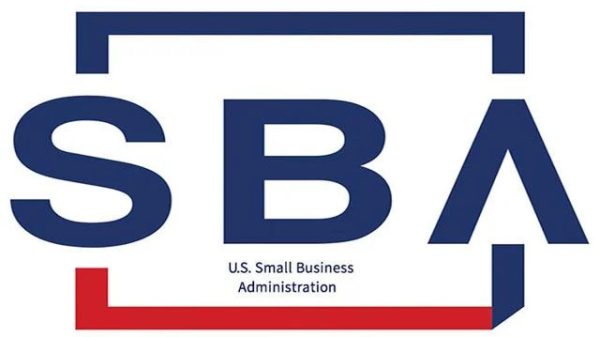The Chinese economy is deteriorating. China’s GDP growth is expected to be less than 5% this year, which is much lower than the strong growth rates that China experienced up to the late 2010s and below the estimates given last year. The alleged wrongdoings of China are widely reported in the Western media, including a real estate market financial crisis, a general debt overhang, and other problems. Nevertheless, the US’s efforts to restrict China’s economy are mostly to blame for the downturn- New World Economy. Such US measures are against WTO regulations and endanger the prosperity of the world. They must be put an end to.

Chinese economic conditions are getting worse. China’s GDP growth is anticipated to be less than 5% this year, which is significantly less than the high growth rates the country saw up to the late 2010s and under the projections made the previous year. (Photo: Bank of Finland Bulletin)
To stop a significant adversary from competing economically and technologically
The US’s anti-China actions are straight out of a well-known script. The objective is to stop a significant adversary from competing economically and technologically. The technological blockade the US imposed on the Soviet Union during the Cold War was the first and most prominent use of this strategy. The Soviet Union was the United States’ official enemy, and US policy sought to deny the Soviet Union access to cutting-edge technologies.
In an article from Taipei Times, the playbook’s second use is less clear and frequently disregarded, even by educated onlookers. The US made a conscious effort to restrict Japan’s economic growth at the end of the 1980s and the beginning of the 1990s. As a longtime ally of the US, Japan may find this shocking. However, Japan was starting to become “too successful,” as Japanese companies began to outcompete US companies in important industries including semiconductors, consumer electronics, and autos. My late, excellent colleague, Harvard Professor Ezra Vogel, praised Japan’s accomplishments worldwide in bestsellers like Japan as Number One.
The US is currently targeting China, New World Economy. US policymakers began to see China as a danger rather than a trading partner starting around 2015. China’s economic success was the cause of this shift in perspective. When China unveiled a “Made in China 2025” policy in 2015 to push China’s development to the cutting edge of robotics, information technology, renewable energy, and other sophisticated technologies, US strategists started to become seriously concerned about China’s economic rise. Around the same time, China unveiled its Belt and Road Initiative, which aims to support the development of contemporary infrastructure across Asia, Africa, and other continents, mostly using Chinese resources such as money, businesses, and technology.
READ ALSO: China Still Part Of The US Supply Chain, According To Paper
The US vehemently denies that it is engaged in an economic conflict with China
To curb China’s explosive expansion, the US dusted off its old playbook. Barack Obama, a former US president, initially suggested forming a new trading bloc with Asian nations without including China, but Republican presidential contender Donald Trump went farther and advocated full protectionism against China. Trump slapped unilateral tariffs on China that obviously broke WTO regulations after winning the 2016 presidential election on an anti-China agenda. The US hobbled the WTO appeal court by preventing new appointments to ensure that the WTO would not rule against the US actions. The Trump administration also urged US partners to take similar action and blacklisted items from notable Chinese technology firms like ZTE and Huawei.
The US vehemently denies that it is engaged in an economic conflict with China, but according to the proverb, if it quacks, swims, and looks like a duck, it probably is a duck. The US is following a tried-and-true strategy, and politicians in Washington are using military language to refer to China as an adversary that needs to be stopped or beaten.
China’s exports to the US have reversed as a result, New World Economy. China accounted for 22% of US product imports in January 2017, the month Trump took office. When Biden took office in January 2021, China’s import proportion from the US had decreased to 19%. China’s share of US imports had fallen to 13% as of June 2023. The United States’ imports from China decreased by a staggering 29% between June 2022 and June 2023.
Of all, China’s economic dynamics are complicated and hardly solely dependent on trade with the US. China’s exports to the US may somewhat increase, New World Economy. However, Biden doesn’t seem likely to lower trade restrictions with China before to the US election the following year, reports from Reuters.




![Tyson Foods Plant [Photo: Food Manufacturing]](https://southarkansassun.com/wp-content/uploads/2023/08/iStock_1185520857__1_.5e441daa51cca-600x337.jpg)








![Silverado Senior Living Management Inc. [Photo: Los Angeles Times]](https://southarkansassun.com/wp-content/uploads/2023/10/download-6-4-600x337.jpg)

![China's Wuhan Institute of Virology [Photo: Nature]](https://southarkansassun.com/wp-content/uploads/2023/09/d41586-021-01529-3_19239608-600x337.jpg)















